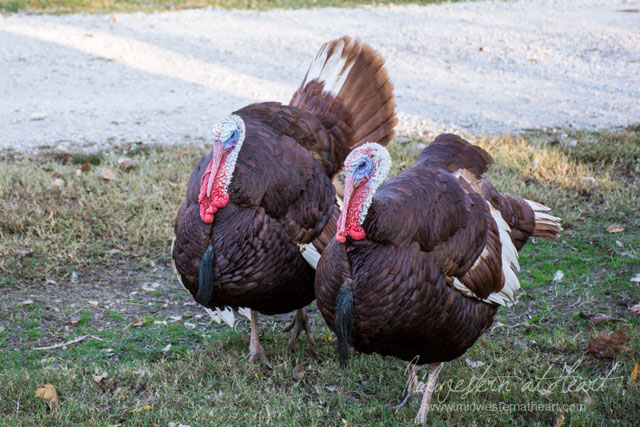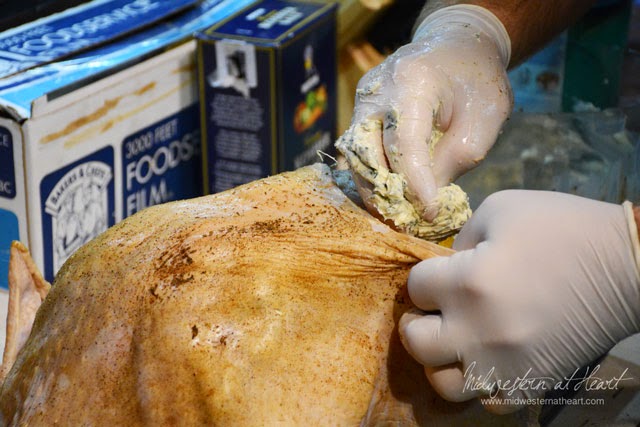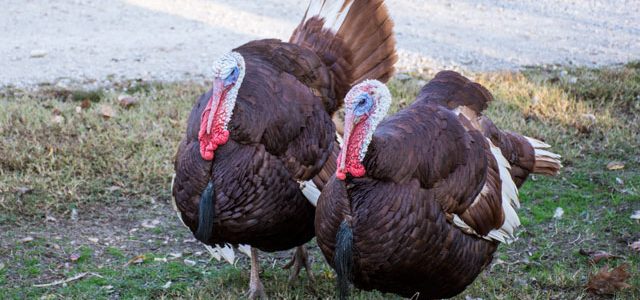Thanksgiving How To: Choose a Turkey

Here we are… 3 weeks before Thanksgiving. It is time to start thinking about that Thanksgiving feast. And while Thanksgiving might look a little different this year… there are still things to consider.
- Pie or cake or dessert?
- How many types of potatoes?
- Fresh or Frozen turkey?
- How many people are you feeding?
- Whole turkey or just turkey breast this year?
- Does it need to be Organic?
What size turkey do I need?
How many people are you feeding? Turkeys come in all sizes, from 12 pounds to 20 pounds and larger. The general rule of thumb is to plan on 1 pound of turkey per person you are feeding. So with that info, if you are feeding 10 people, you need at least a 10-pound turkey. If you are feeding 20 people, go for the larger bird. And There’s always a place to use the extras! (My Sandwich, MY SANDWICH… Name that tv show.)
If you want those leftovers… go ahead and plan on 1 1/2 pounds of turkey per person. Just make sure you have room in your refrigerator to store the leftovers (along with the potatoes, carrots, stuffing, etc). If you can’t find the right size turkey, go for two smaller turkeys to get the right amount of meat.
Butterball has a turkey size calculator on their website. Plugin the number of adults and children you are feeding, decide if you want leftovers or not, and allow the website to do the rest. It takes all the guesswork out of the size of the turkey you need.
Should I buy a fresh or frozen turkey?
Truthfully, this is a matter of preference. It also depends on when you plan to purchase the bird and how much room you have to store it between the time of purchase and cooking. There are a few questions you should ask yourself when determining which route to go:
- Price? A frozen turkey tends to be cheaper than a fresh turkey. Especially if you catch them on sale after Thanksgiving or Christmas or throughout the year. Remember, Supply and demand.
- How much space is in your freezer? Even small turkeys take up a lot of freezer space. If you have plenty of space in your freezer then go for the frozen turkey. If you’re short on freezer space or thaw time, get a fresh turkey instead.
- When do you buy a Fresh Turkey? You don’t want to purchase a fresh turkey too early. The average is about 24 hours prior to the final preparations.
- When do you need to cook the turkey? A frozen turkey takes a few days to thaw. The average is 24 hours of refrigeration for every 5 pounds of frozen turkey. So based on that, for a 20-pound turkey, allow yourself 4 days of thaw time. Did you forget to pull it out in time? Never fret… You can also place the turkey in a sink of cold water. You will want to change the cold water out every 30 minutes or so and you can have a turkey thawed in a few hours. It is better to do the refrigeration method though…
Note: Never leave a turkey in a dry sink or on the counter overnight. - How much space is in your refrigerator? No matter fresh or frozen turkey, you’ll be storing your turkey until it’s time to eat. Make room in your refrigerator. The other option is to have a large cooler with cold water and ice. Keep that turkey fresh.
The Turkey Label
Some turkeys have all kinds of labels on their packaging. Let’s dig into some of those.
- No hormones or steroids. All turkeys (and all poultry) are raised without hormones or steroids. Adding hormones in poultry is prohibited by federal law. Genetic improvements, better feed formulation, and modern management practices have resulted in meatier turkeys.
- Gluten-free. All turkey is gluten-free. Gluten is a protein that is found in wheat, barley, and rye. Some turkeys are basted or are injected with broth to keep them moist during cooking. The gluten-free on this label means that any broth that was used is also gluten-free.
- Organic. To be termed Organic, certain conditions have to be followed. They can never be given antibiotics or hormones (see above). Organic turkeys must also be fed an all-organic feed, and have some access to the outdoors.
- Free-range. Free-range turkeys have to be provided shelter in a building and have continuous access to the outdoors. There is no “cage-free” label for turkeys like there is for eggs because all turkeys in the United States are raised in cage-free buildings.
- Natural. This label has no meaning in terms of how the turkeys were raised or handled. The label “natural” only means “no artificial ingredient or color added, and minimally processed.”

So, how should you prepare the turkey?
Good question. There are a lot of different ways. There’s Pioneer Woman’s way that won the cookoff against Bobby Flay. Hey, there’s Bobby Flay’s way because hello… You can bake them, deep fry them, smoke them, or wrap them in butter and bacon. I mean how can you go wrong with Butter and Bacon?
So what am I missing about Turkeys?

Here if we want turkey we go to the supermarket and buy one, that said I don’t like turkey